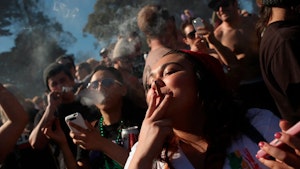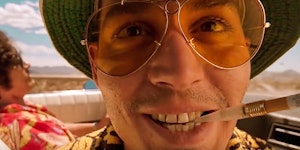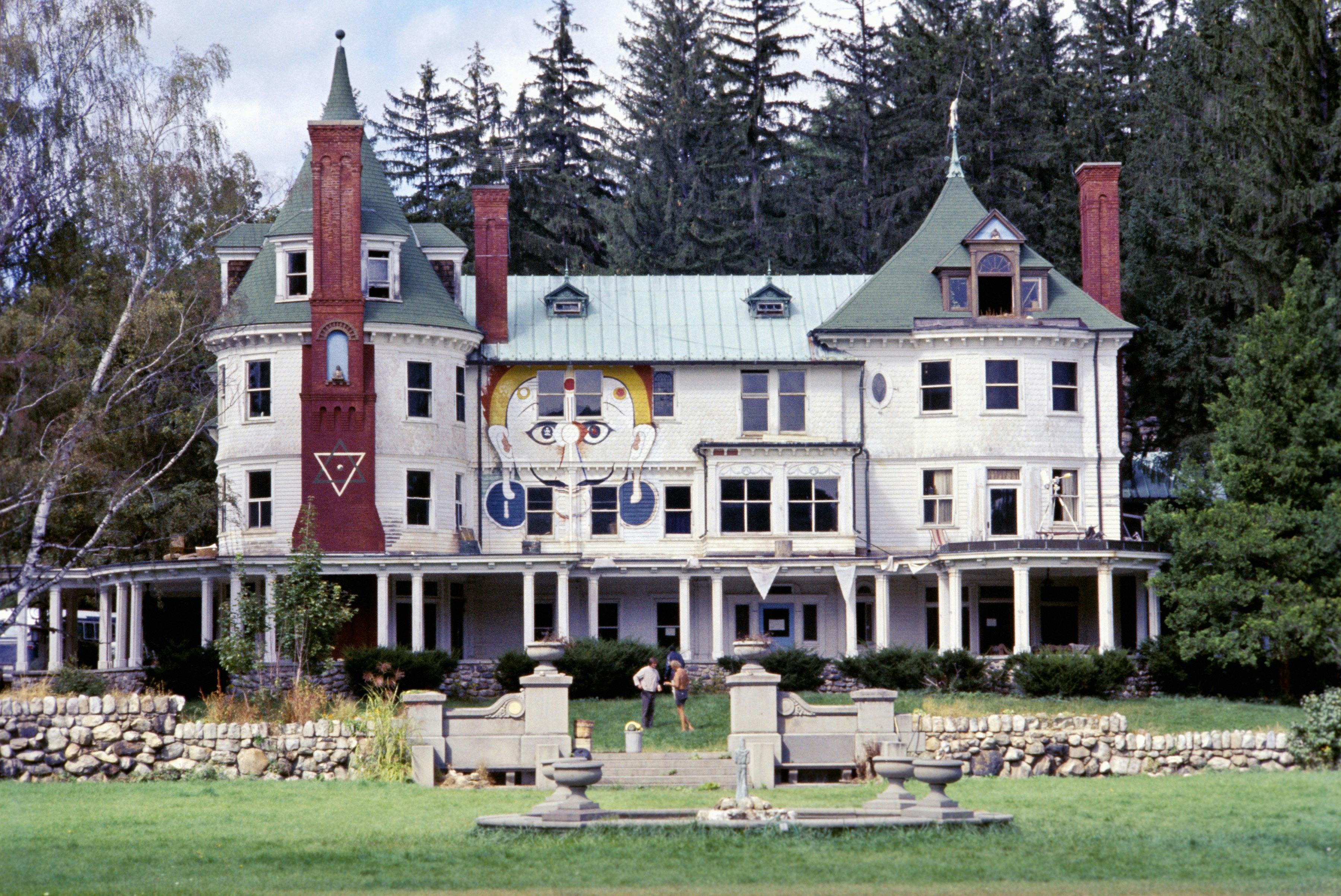
(Photo by Alvis Upitis/Getty Images)
Inside The Magical Drug Palace Where The Psychedelic 60s Was Born
Essential in the spread of LSD, this mansion was the epicenter of the psychedelic 60s hosting Alan Watts, Allen Ginsberg, Charles Mingus, Tim Leary and more.
Most think of the Haight-Ashbury district of San Francisco as the natural birthplace of the 60’s psychedelic movement. But just as Californians had Ken Kesey’s infamous acid-house on the outskirts of San Fransisco, in La Honda, those on the East Coast were discovering enlightenment in the unlikely quarters of William Mellon Hitchcock’s New York estate.
William Mellon Hitchcock was a trust fund baby who, as the grandchild of the infamous oil baron William Larimer Mellon, Sr. was heir to one of America’s greatest fortunes. In 1963, Hitchcock spent this money—somewhere in the vicinity of $500,000—to purchase a 2,500-acre plot of land in New York state, near Millbrook, featuring a mansion that looked impressive from afar but was mostly run-down inside.
The property was mostly a gut-driven purchase; Hitchcock, a suit-clad New York Stockbroker, had no idea what to do with the dilapidated estate. But as it happened, Timothy Leary—later deemed “the most dangerous man in America” by Richard Nixon—had been taking acid and sleeping with Hitchcock’s sister, Peggy. On the advice of Peggy, William decided to try the mind-altering substance out for himself. It turned out to be a decisive moment in psychedelic history.
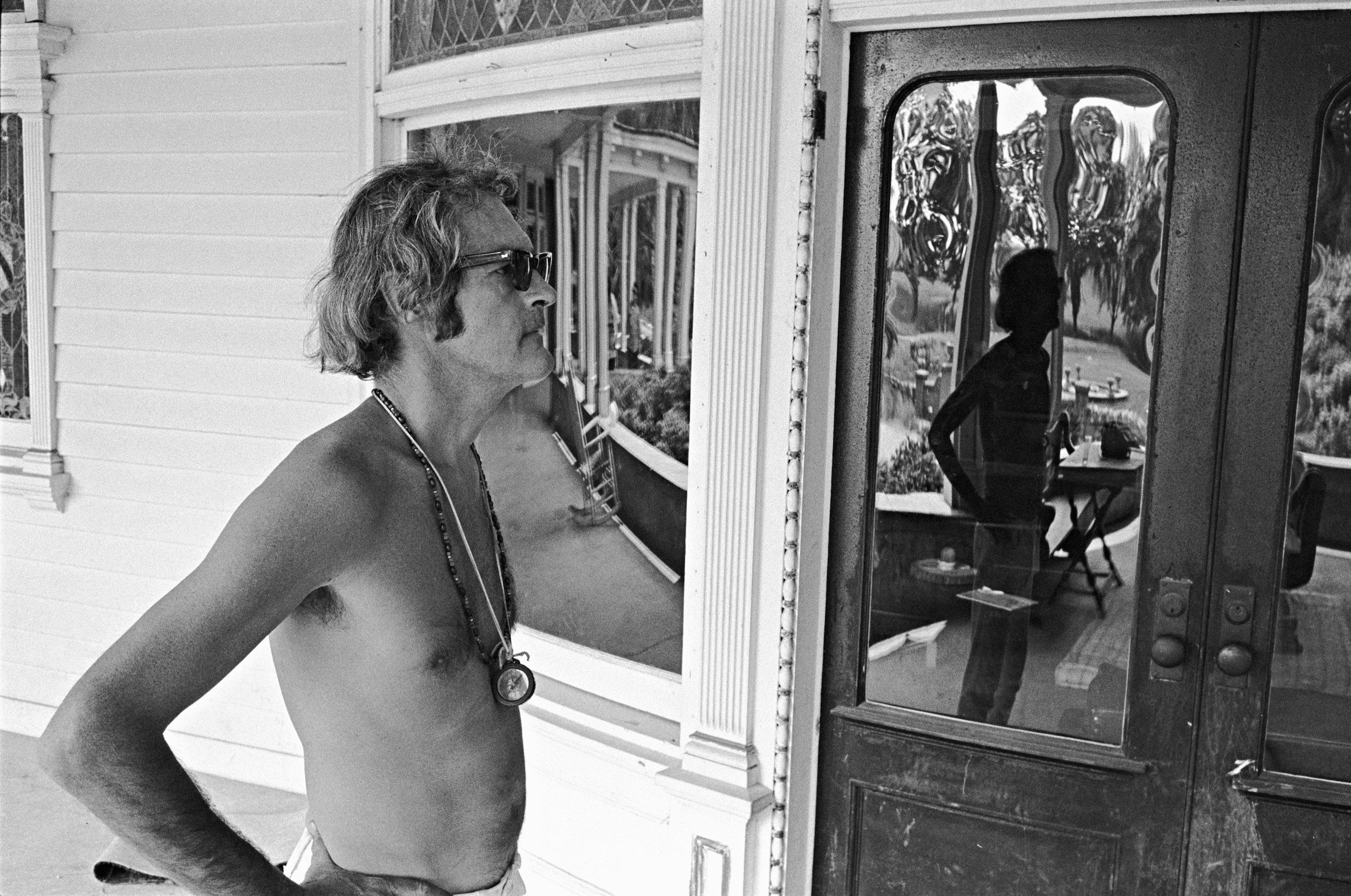
After Leary was fired from Harvard (for failing to show up to the classes he was teaching), Peggy made an arrangement with William to let Leary live in the crumbling mansion in New York—a space as large and chaotic as his psychedelic ambitions. Leary moved in with fellow Harvard colleagues Richard Alpert and Ralph Metzner. But it wasn’t long before the mansion of three turned into a sprawling hippie encampment of 30-some psychedelic voyagers.The dilapidated mansion was converted into a psychedelic fun house, decorated with colorful artwork, instruments, and aquariums of exotic fish. Animals, including goats, were given free reign of the house. Richard Alpert once took so much acid that he leaped from the mansion’s second story window in an attempt to fly. He broke his leg, but his spirit remained intact. Stories of the spirit of adventure that thrived between the mansion’s walls began to travel attracting some of the greatest creative minds of the 1960s.
The mansion featured an ever-rotating list of celebrities from Charles Mingus to Allen Ginsberg and Alan Watts
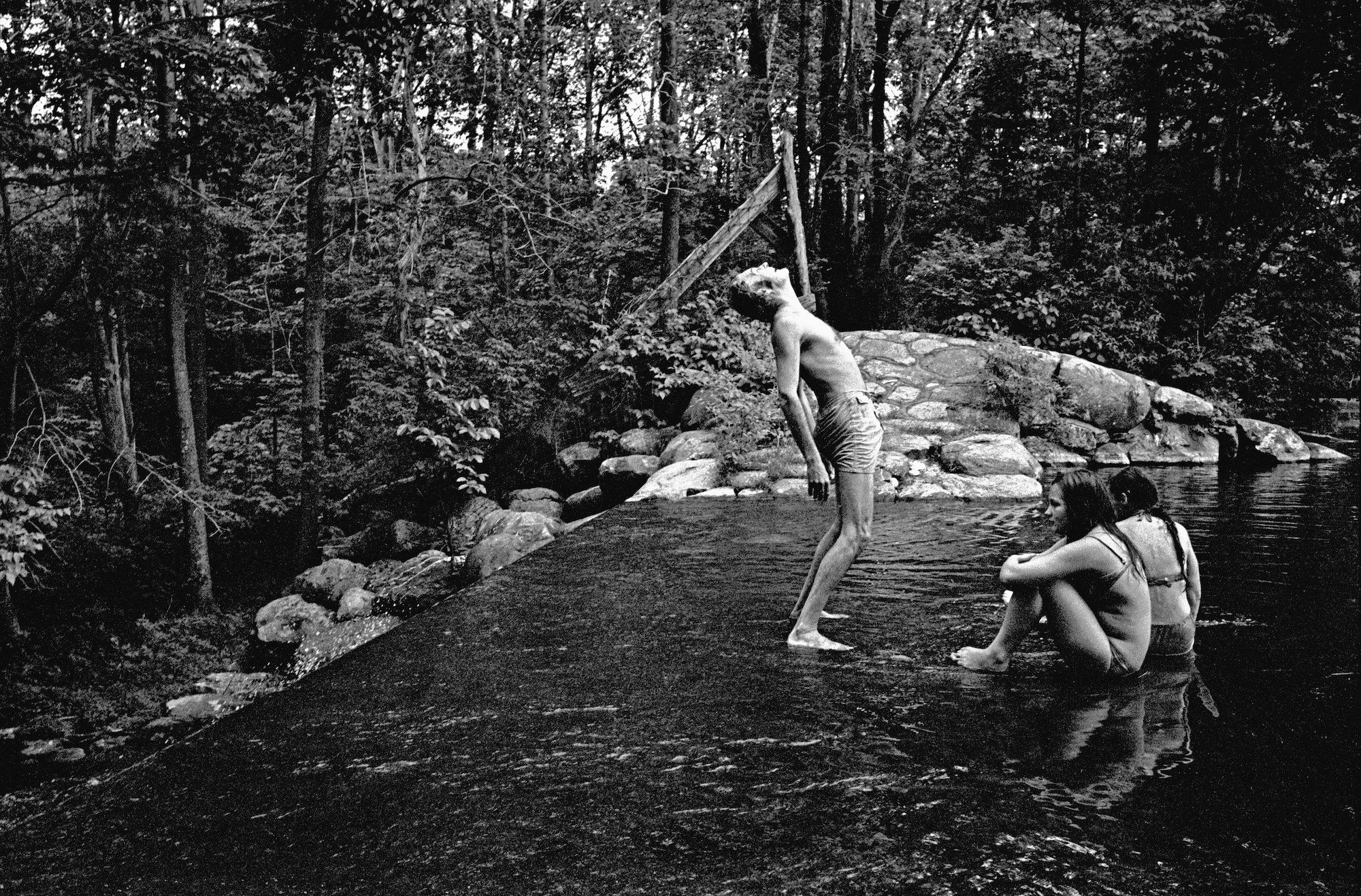
Tom Wolfe writes about his trip to see Leary’s in the New York mansion in The Electric Kool-aid Acid Test. Wolfe, Ken Kesey, and the Merry Pranksters rolled up to the property in a florescent bus in an attempt to join Leary and his colleagues in their psychedelic voyage, but Leary preferred they only stay temporarily.
For the ex-Harvard professors, the largescale LSD trips organized on the estate were less about revelry and more about research. Leary, Alpert, and Metzner saw themselves as analysts pursuing of a perfectly calibrated acid-trip for maximum insight.

Eventually, on April 17th, 1966, the mansion was raided in the night by police, who had been secretly watching the drug-fuelled antics unfold on the property for months. But the raid was fruitless: the only drugs the police found on the premises was a small amount of weed. Despite the unsuccessful raid, that day marked the unofficial end of the mansion’s heyday as the once thriving community of psychonauts thinned and then evaporated.
But by then, the genie had already escaped from the 2,500-acre bottle in the form of The Grateful Dead, Hunter S. Thompson, and Sgt. Pepper’s Lonely Hearts Club Band. Who needed an exclusive New York mansion, when LSD was going mainstream?
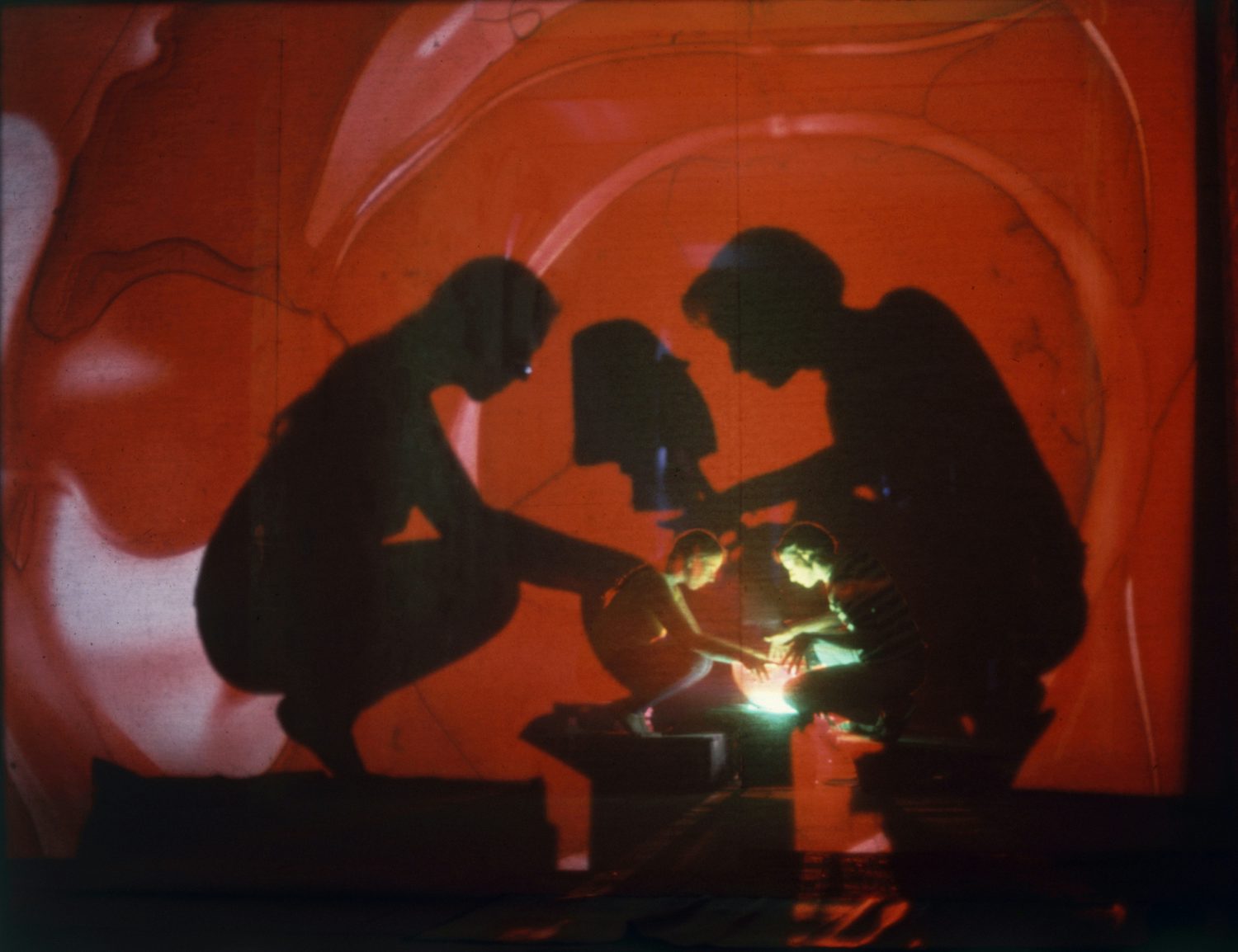
Photo by Yale Joel/Time Inc/ Getty Images
Herb Recommended Products:
READ MORE
